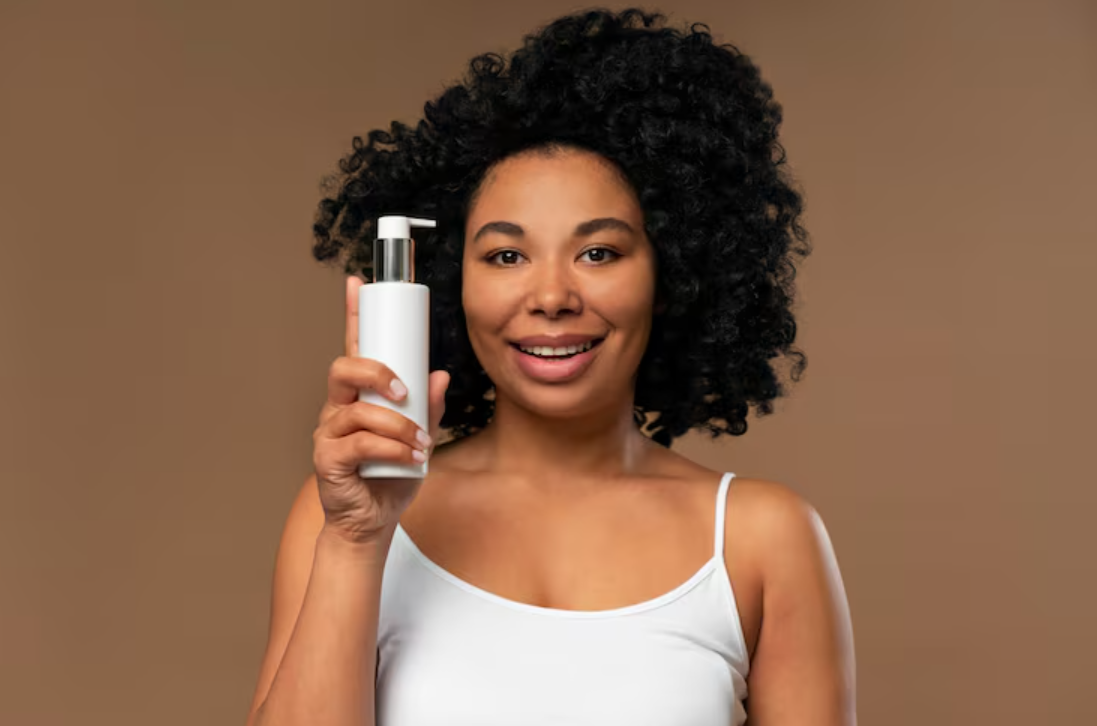
When it comes to achieving soft, smooth, and manageable hair, using the best hydrating shampoo seems like an obvious choice. It’s designed to replenish lost moisture, repair dryness, and leave your hair looking shiny and healthy. However, even the most effective shampoo can fall short if not used correctly. Many people unknowingly make small but significant mistakes that prevent them from enjoying the full benefits of a moisturizing formula.
In this guide, we’ll highlight the most common mistakes people make when using hydrating shampoos and share tips on how to get the best results every time.
1. Using Too Much Shampoo
One of the most common mistakes is using excessive amounts of shampoo. More product does not mean cleaner or healthier hair. In fact, over-shampooing can strip your hair of its natural oils and cause further dryness.
When using the best hydrating shampoo, a small, coin-sized amount is usually sufficient for most hair types. Focus on massaging it into your scalp to cleanse impurities while allowing the lather to gently clean the lengths of your hair. The Manetain Moisturising Shampoo, for example, lathers well and deeply hydrates without needing a large quantity — a little goes a long way.
2. Skipping Pre-Wash Detangling
Many people directly wet their hair and apply shampoo without detangling. This can cause unnecessary breakage and make it harder for the shampoo to spread evenly. Before applying your best hydrating shampoo, gently comb your hair with a wide-tooth comb to remove tangles. This step helps the shampoo distribute more evenly and ensures each strand receives hydration.
3. Using Hot Water to Wash Hair
While hot showers might feel relaxing, they’re not ideal for your hair. Hot water can strip away essential oils and reduce the effectiveness of even the best hydrating shampoo. The heat opens up your hair cuticles, leading to increased dryness and frizz.
Instead, use lukewarm or cool water to rinse your hair. It helps retain natural moisture and gives your locks a smooth, shiny finish. Cool water also helps seal the cuticles, locking in the hydration provided by your shampoo.
4. Washing Hair Too Frequently
Over-washing is another major mistake that leads to dryness. Washing your hair every day can strip away its natural oils, no matter how gentle your shampoo is. Hydrating shampoos are formulated to moisturize, but frequent use can still disrupt the scalp’s oil balance.
Depending on your hair type, washing two to three times a week is sufficient. If your scalp tends to get oily quickly, try alternating between a clarifying shampoo and your best hydrating shampoo to maintain balance.
5. Ignoring the Scalp
A common misconception is that shampoo is meant only for the hair strands. However, the health of your hair starts at the scalp. Focusing solely on the ends while ignoring the scalp can lead to buildup, flakiness, and reduced product absorption.
Massage the best hydrating shampoo into your scalp using your fingertips in gentle circular motions. This not only helps remove impurities but also boosts blood circulation, encouraging healthier hair growth.
6. Not Following Up with Conditioner
Hydrating shampoos do an excellent job of cleansing and adding moisture, but they can’t work alone. Many people skip using conditioner, assuming the shampoo provides enough hydration. In reality, skipping conditioner prevents your hair from achieving that soft, smooth texture.
Pair your best hydrating shampoo with a nourishing conditioner that complements its formula. The Manetain Moisturising Shampoo works best when followed by a hydrating conditioner or mask to lock in moisture and prevent frizz.
7. Applying Shampoo Incorrectly
How you apply shampoo matters as much as what shampoo you use. Many people apply shampoo directly to dry hair or distribute it unevenly. For best results, wet your hair thoroughly before applying your best hydrating shampoo.
Rub the shampoo between your palms to create a lather before applying it evenly across your scalp and roots. This ensures even distribution and prevents buildup in certain areas.
8. Neglecting the Hair Ends
While your scalp needs most of the cleansing, your hair ends need the most hydration. Often, people neglect the ends while shampooing, focusing too much on the roots. As a result, the ends become dry and brittle over time.
When rinsing, let the shampoo naturally flow through the lengths of your hair. This helps cleanse and hydrate the ends without overwashing or damaging them.
9. Using the Wrong Type of Shampoo
Not all hydrating shampoos are made the same. Using a product that’s not suited to your hair type can lead to buildup, frizz, or even dullness. The best hydrating shampoo should be sulfate-free, gentle, and packed with nourishing ingredients like natural oils, proteins, and humectants.
Manetain’s Moisturising Shampoo is specially formulated with nourishing ingredients that hydrate without weighing down your hair, making it ideal for curly, wavy, and dry hair types.
10. Not Giving It Enough Time
Hair care results don’t appear overnight. Many people use a shampoo for just a few washes and expect instant transformation. Consistency is key when it comes to achieving hydrated, healthy hair.
Stick with your routine and give your best hydrating shampoo time to repair and rejuvenate your strands. You’ll start noticing softer, shinier hair within a few weeks of regular use.
Conclusion
Using the best hydrating shampoo can truly transform your hair — but only if used correctly. Small mistakes like overwashing, skipping conditioner, or using hot water can reduce the benefits of your shampoo. By avoiding these common errors and following a proper routine, you can keep your hair soft, nourished, and frizz-free every day.
The Manetain Moisturising Shampoo is a great option if you’re looking for deep hydration without harsh chemicals. It gently cleanses, restores moisture, and leaves your hair feeling silky and smooth after every wash.
So, treat your hair with care, make these small changes, and let your hydration routine work its magic for truly healthy, lustrous locks.




Write a comment ...